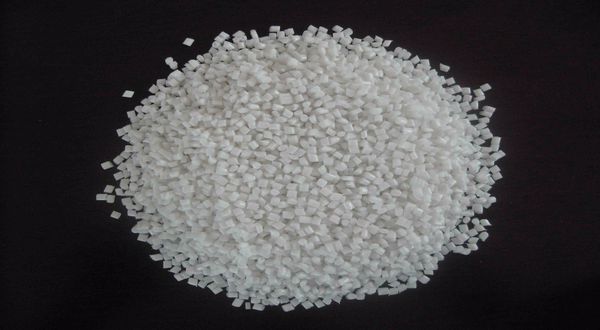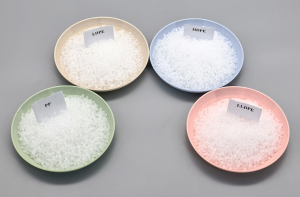
What are the types of polyethylene?
Polyethylene is a commonly used plastic material with various types that differ in their molecular weight, branching structure, and crystallinity. Here are the most common types of polyethylene:
- Low-Density Polyethylene (LDPE): LDPE has a low molecular weight and high degree of branching, which gives it a high flexibility and low tensile strength. It is used in a variety of applications such as films, coatings, and packaging.
- Linear Low-Density Polyethylene (LLDPE): LLDPE has a linear structure with short branches, which gives it a higher tensile strength and improved toughness compared to LDPE. It is commonly used in plastic bags, stretch film, and flexible tubing.
- High-Density Polyethylene (HDPE): HDPE has a high molecular weight and is more rigid than LDPE and LLDPE. It is used in a wide range of applications such as milk jugs, toys, and pipes.
- Ultra-High Molecular Weight Polyethylene (UHMWPE): UHMWPE has an extremely high molecular weight and is known for its exceptional strength, toughness, and chemical resistance. It is used in applications such as medical implants, armor, and high-performance ropes.
- Cross-linked Polyethylene (PEX): PEX is a type of HDPE that has been cross-linked, which improves its strength and resistance to heat and chemicals. It is commonly used in plumbing and radiant floor heating systems.

What is the difference between polyethylene grades?
Polyethylene grades can differ in various ways, such as their molecular weight, degree of branching, and crystallinity. These differences can affect the physical and mechanical properties of the material, including its flexibility, strength, and resistance to environmental factors such as heat and chemicals. Here are some of the main differences between different polyethylene grades:
- Molecular Weight: Polyethylene can have a wide range of molecular weights, from very low for LDPE to very high for UHMWPE. The higher the molecular weight, the more rigid and strong the material will be.
- Degree of Branching: Polyethylene can have different levels of branching, which affects its flexibility and tensile strength. For example, LDPE has a high degree of branching, which makes it very flexible but also reduces its strength.
- Crystallinity: Polyethylene can be either crystalline or amorphous, depending on the degree of order in its molecular structure. Crystalline polyethylene is more rigid and has a higher melting point than amorphous polyethylene.
- Processing Method: Different polyethylene grades can be produced using different processing methods, such as extrusion or injection molding. These methods can affect the properties of the material, such as its density and strength.
Overall, the choice of polyethylene grade depends on the specific application and the desired properties of the material. Manufacturers can select a grade that best meets the requirements of their product, based on factors such as strength, flexibility, and environmental resistance.
